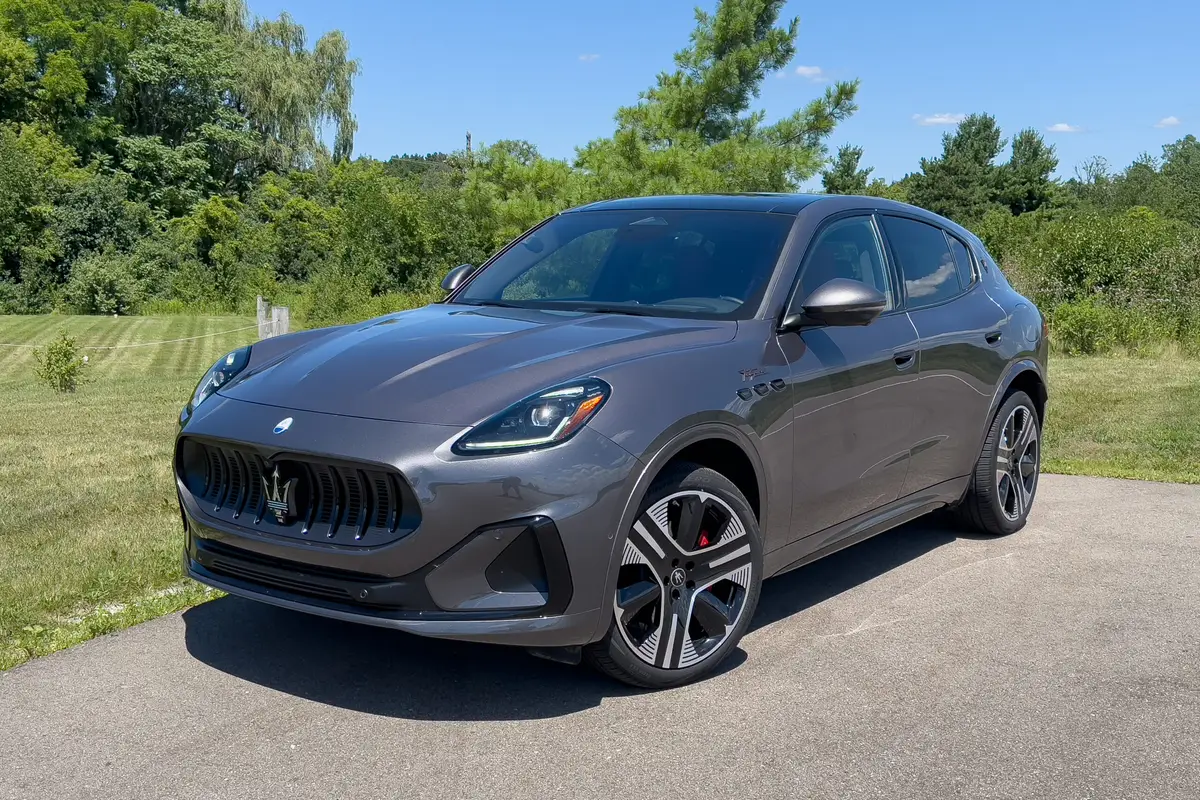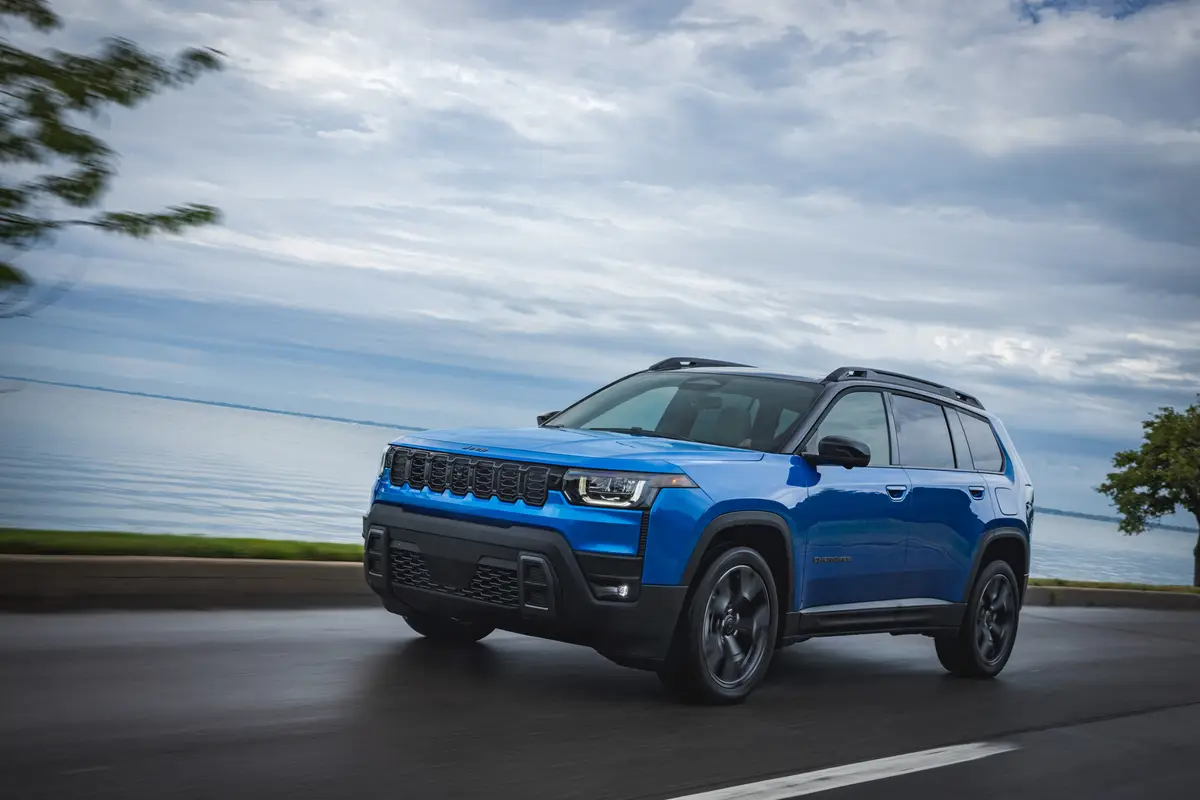2008 Toyota Prius: What's New
Vehicle Overview
When Toyota introduced its gasoline/electric hybrid Prius for 2001, the manufacturer became the second automaker to offer a hybrid-powered passenger car, following on the heels of the two-passenger Honda Insight. The current Prius debuted for 2004. For 2008, features like cruise control and minor accessories have been deleted from the base trim level to lower the cost.
From the start, the Prius differed from Honda’s hybrids in that electric power was dominant in its powertrain. An electric motor can power the Prius until it reaches about 12 mph. At that point, the gasoline engine takes over in a virtually seamless transition. The electric motor kicks in when needed to furnish additional power. When the car is stopped or coasting, the gasoline engine can turn itself off. During that slowdown period, the battery pack recharges.
Exterior
More aerodynamically styled than its predecessor, the current, second-generation Prius has a coefficient of drag of only 0.26, which makes it one of the most aerodynamic production vehicles available. The Prius has a 106.3-inch wheelbase, and its overall length is 175 inches.
Fifteen-inch alloy wheels are standard. Touring Editions upgrade to 16-inch wheels. They also receive a European-tuned suspension, xenon headlamps, a rear spoiler and fog lamps.
Interior
Up to five people fit inside the Prius, and they’re likely to enjoy more elbowroom than in the original model. Standard equipment includes electric-inverter automatic air conditioning, a CD stereo, and power windows, locks and mirrors.
Base Prius models do without cruise control, wheel trim rings, heated mirrors and seatback pockets to lower costs, but they are available as optional equipment.
Other options include leather seats, a rearview camera, keyless start and an upgraded stereo with a mini-jack port for connecting portable music players. Cargo volume totals 16.1 cubic feet.
Under the Hood
The 1.5-liter four-cylinder gasoline engine develops 76 horsepower, and a 500-volt 50-kilowatt electric motor is installed. The hybrid powertrain teams with a continuously variable automatic transmission.
Safety
Antilock brakes, traction control and side-impact airbags for the front seats are standard, as are two-row side curtain airbags. An electronic stability system is optional.
Driving Impressions
In performance, the latest Prius takes the lead over Honda’s Civic Hybrid. Acceleration from a standstill and for passing and merging is enthusiastic, though it’s weaker at higher speeds. Ride comfort is another bonus; though occupants can feel rough spots, they’re largely subdued.
A solid bar across the back glass impairs rearward visibility. While the interior doesn’t feel quite midsize in dimensions, and rear headroom is sparse, rear legroom is abundant. The seats are adequately comfortable, but they’re positioned oddly. The cockpit comes across as modern but unfamiliar. Some controls — including the electronic gear selector, parking brake and start button — might confuse drivers at first.
Toyota says much of the Prius’ braking is of the regenerative sort, without input from the friction-operated brake pads. This phenomenon is noticeable while driving, but it’s not intrusive.
Featured stories




